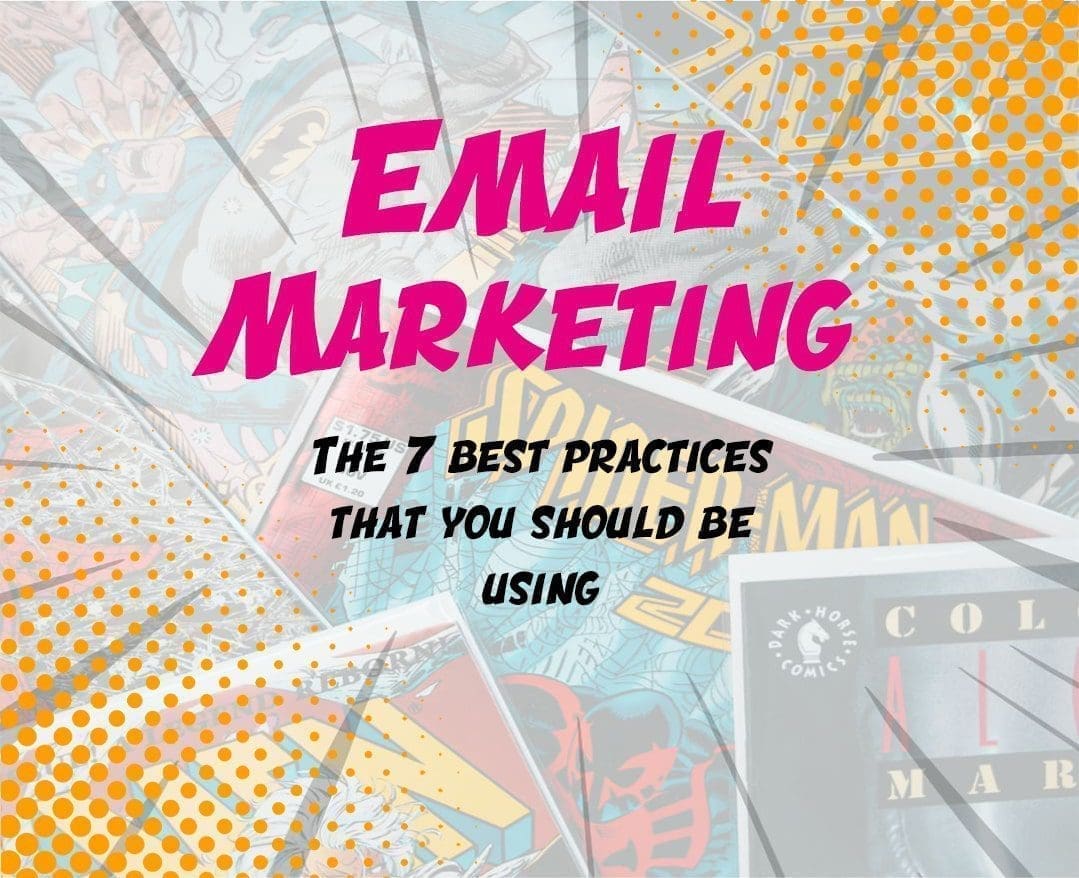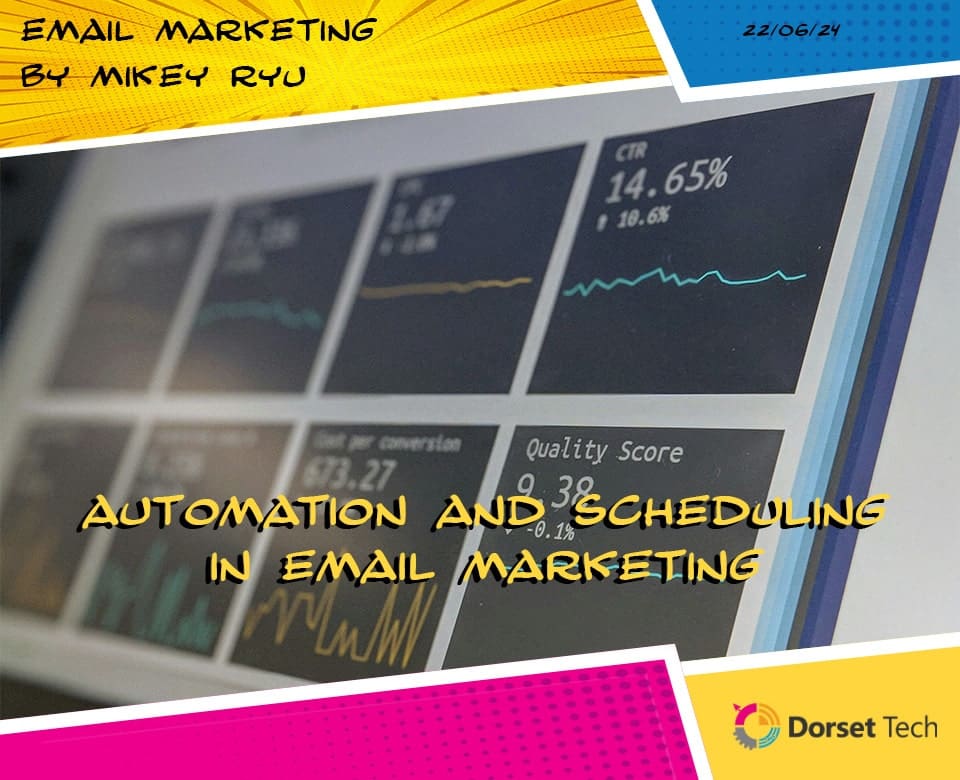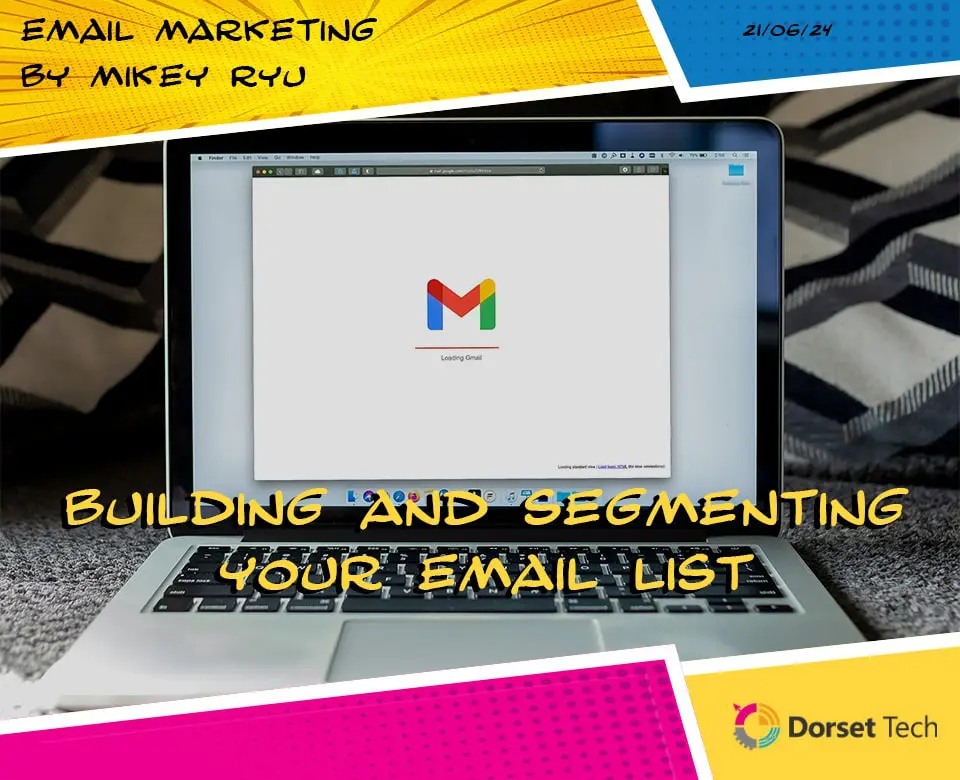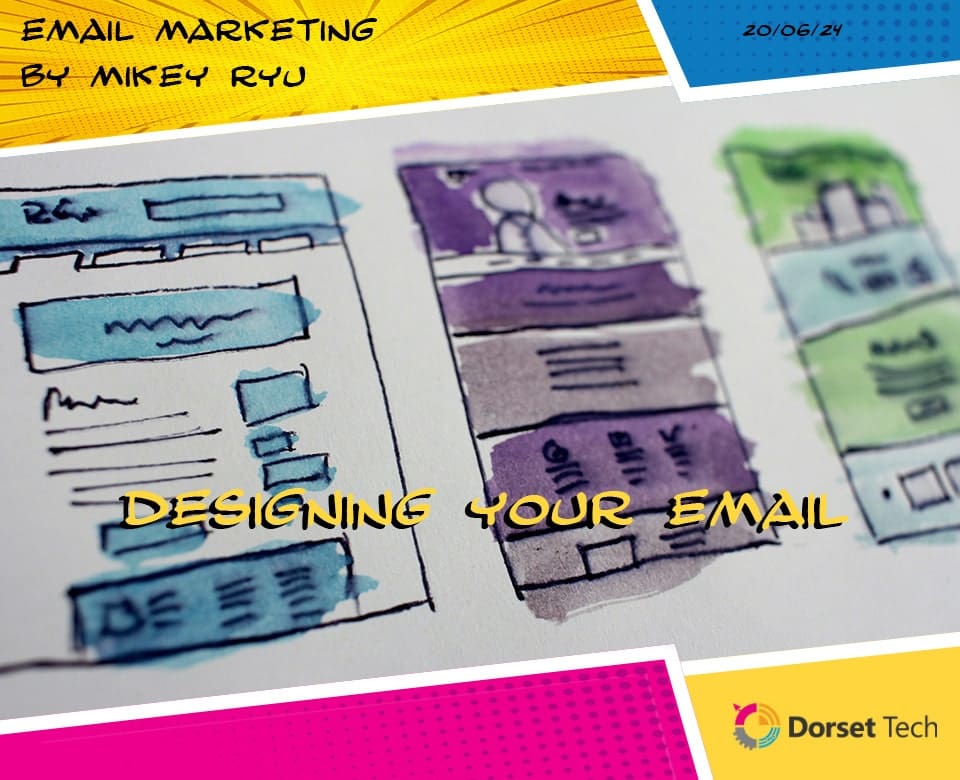
7 of The Best Email Marketing Best Practices
Mastering Email Marketing: 7 Best Practices for Success
In today’s digital age, where communication channels abound, email marketing remains a powerful tool for businesses to engage, inform, and convert their audience. Despite the rise of social media and other platforms, email marketing continues to deliver a high return on investment when executed correctly. To help you harness the full potential of email marketing, let’s delve into seven best practices that can elevate your campaigns to new heights.
1. Build a High-Quality Email List
Your email list is the foundation of your email marketing success. However, quantity should never take precedence over quality. Instead of focusing solely on amassing a large number of email addresses, prioritize obtaining addresses from individuals genuinely interested in your products or services. Utilize sign-up forms on your website, landing pages, and social media to gather subscribers organically. Moreover, always ensure compliance with relevant data protection regulations, such as GDPR or CAN-SPAM, and offer clear opt-in and opt-out options.
2. Personalization Creates Connection
Gone are the days of generic mass emails. Today’s consumers expect personalized content tailored to their preferences and behaviours. Utilize the data you’ve collected to segment your email list and craft messages that resonate with specific groups. Incorporate dynamic content that changes based on the recipient’s location, purchase history, or browsing behaviour. Personalization not only boosts open and click-through rates but also fosters a sense of connection between your brand and the recipient.
3. Compelling and Relevant Content
Your email’s content is its heart and soul. To keep your subscribers engaged, deliver content that’s relevant, valuable, and visually appealing. Craft attention-grabbing subject lines that pique curiosity while accurately representing the email’s content. Within the email, balance text and visuals to make the message easily scannable. Whether you’re sharing blog posts, product updates, or exclusive offers, ensure that the content aligns with your audience’s interests and needs.
4. Mobile Optimization Is Non-Negotiable
In an era where people rely heavily on their smartphones, your emails must be optimized for mobile devices. The majority of email opens occur on mobile devices, so ensure your emails are responsive and easy to read on screens of all sizes. Use concise subject lines, short paragraphs, and compelling visuals to maintain engagement. Preview and test your emails across various devices and email clients to guarantee a seamless experience for every recipient.
5. A/B Testing for Continuous Improvement
Successful email marketing isn’t about guessing; it’s about testing and refining your strategies. A/B testing, also known as split testing, involves sending two versions of an email with minor differences to see which one performs better. Experiment with different subject lines, email copy, visuals, call-to-action buttons, and send times to uncover what resonates best with your audience. Over time, these insights will enable you to fine-tune your campaigns for optimal results.
6. Clear and Compelling Calls to Action (CTAs)
Every email you send should have a clear purpose, whether it’s encouraging the recipient to make a purchase, read an article, or download a resource. This purpose should be supported by a strong and compelling call to action (CTA). Your CTA should be concise, action-oriented, and positioned prominently within the email. Use persuasive language that conveys the value of taking the desired action. Additionally, avoid overwhelming the reader with too many CTAs; focus on one primary action to achieve better conversion rates.
7. Monitor, Analyse, and Iterate
One of the most significant advantages of digital marketing is the ability to measure and analyse campaign performance in real-time. Leverage email marketing analytics to track key metrics such as open rates, click-through rates, conversion rates, and unsubscribe rates. Identify trends, patterns, and areas for improvement. If a certain type of content consistently performs well, consider creating more of it. On the other hand, if specific strategies yield lackluster results, be prepared to adjust your approach.
Conclusion
Email marketing remains an invaluable tool for businesses seeking to connect with their audience on a personal level. By adhering to these seven best practices, you can elevate your email campaigns from generic messages to personalized and engaging experiences. Remember, building a high-quality email list, personalizing content, delivering value, optimizing for mobile, A/B testing, crafting compelling CTAs, and monitoring performance are all essential steps toward mastering the art of email marketing. As technology and consumer behaviours evolve, so too should your email marketing strategies. Stay adaptable, keep experimenting, and consistently provide value to your subscribers.





















